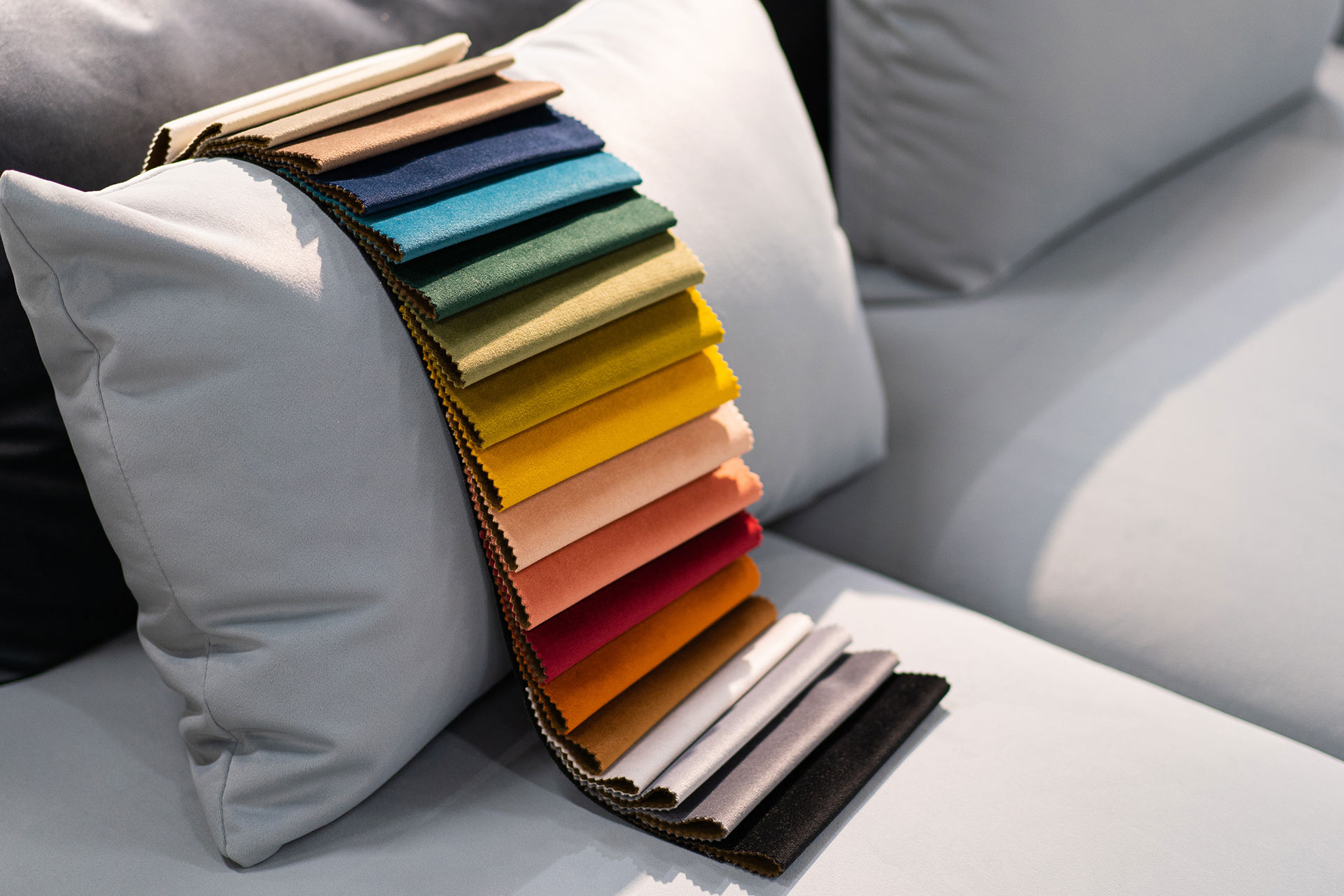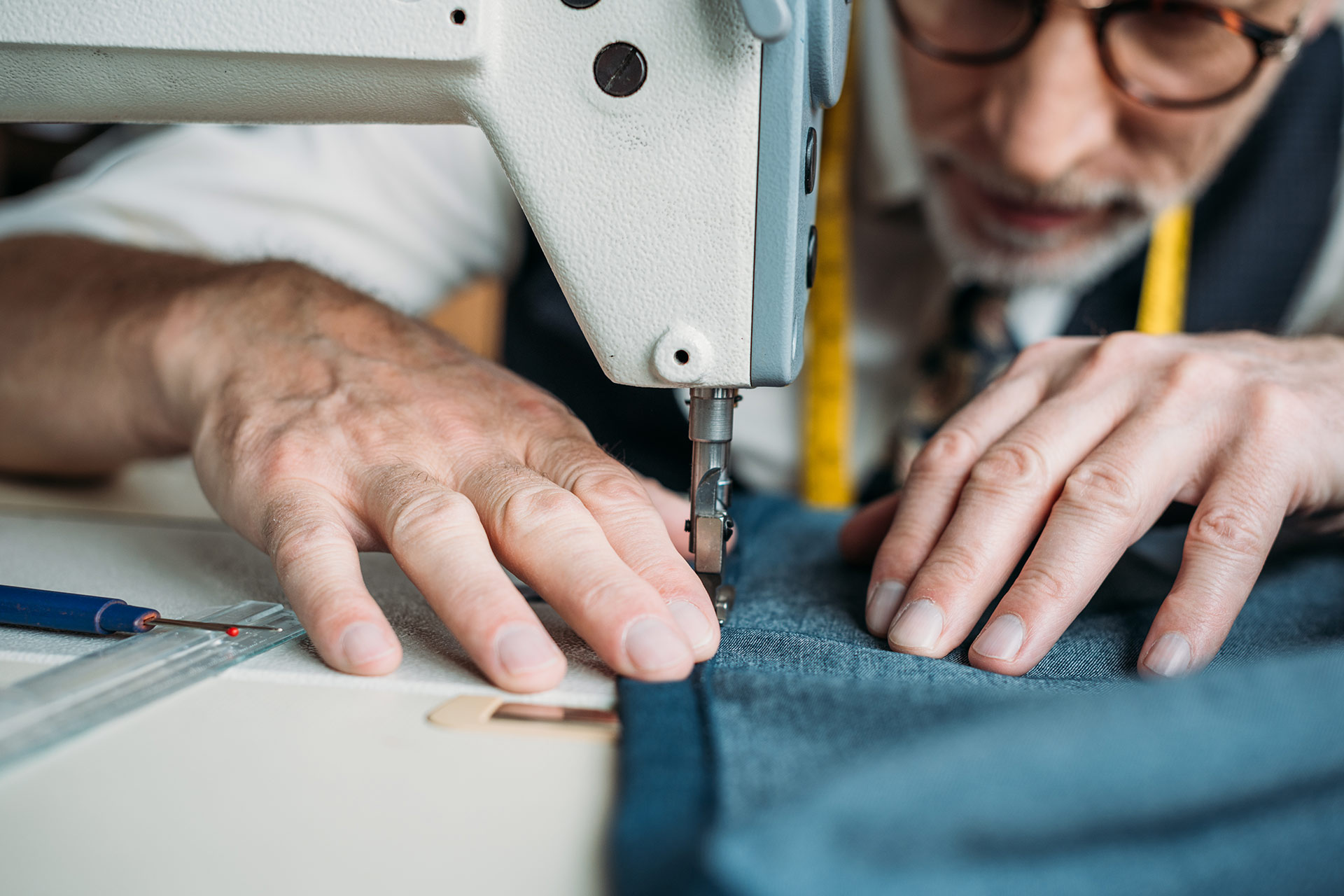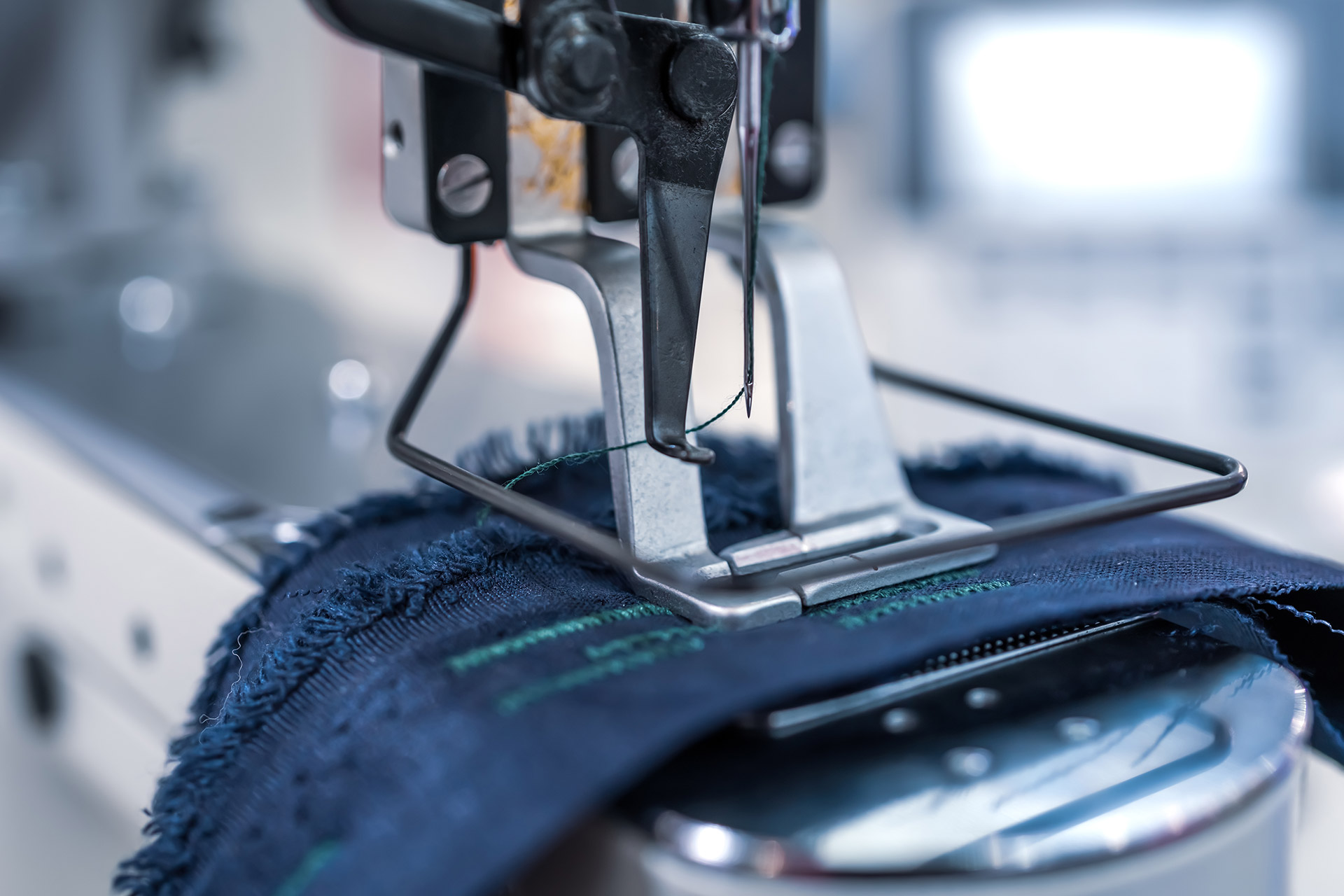Project Detail Knit Fabric
Home / Project Detail

About Knit Fabric
Knit fabric is made by interlocking loops of yarn, which creates a flexible and stretchable material. This construction allows knit fabrics to easily conform to body shapes, offering exceptional comfort and freedom of movement. Because of its elasticity, knit fabric is popular for garments such as t-shirts, sweaters, and activewear, where ease of wear and durability are crucial. Additionally, knits tend to be softer and more breathable than woven fabrics, making them a versatile choice for both casual and performance-oriented clothing. Whether you’re looking for a lightweight, breathable knit for summer or a thicker, insulating option for winter, knit fabrics provide a wide range of textures and weights to suit different needs.


Knit fabric is crafted by interlocking loops of yarn, offering superior stretch, flexibility, and comfort, making it ideal for a range of applications from casual wear to activewear.
How is Knit Fabric Made?
Knit fabric is created by interlocking loops of yarn using specialized knitting machines or hand knitting techniques. This process begins with yarn being fed into the machine, where it is knitted into a series of interlocking loops in rows, forming a flexible and stretchy fabric. The two main types of knitting are weft knitting, where the yarn runs horizontally and creates fabrics like jersey and rib knit, and warp knitting, where the yarn runs vertically and produces fabrics like tricot and lace. The result is a material that can stretch in multiple directions, providing comfort and durability for various garments and applications.
1. Yarn Preparation
Yarn is selected and prepared for the knitting process.
2. Knitting Machine Setup
The yarn is loaded into a knitting machine, which is set up based on the desired knit type.
3. Knitting Process
The machine creates fabric by interlocking loops of yarn. This can be done using
4. Fabric Formation
The knitted loops form a continuous piece of fabric, which is then taken off the machine.
5. Finishing
The knit fabric undergoes various finishing processes such as washing, dyeing, and treating to enhance its appearance and performance.
6. Quality Control
The fabric is inspected for consistency, defects, and adherence to specifications.
7. Cutting and Sewing
The finished knit fabric is cut and sewn into garments or other products as needed.
Consult With Us The Suitable Material for Your Project
Start Your Project
Our Services
Recent Blog

Startup Idea For Distinctive Art
February 05, 2023

What is Satin Weave in Textile
February 05, 2023

5 Great Business Lesso
February 05, 2023
